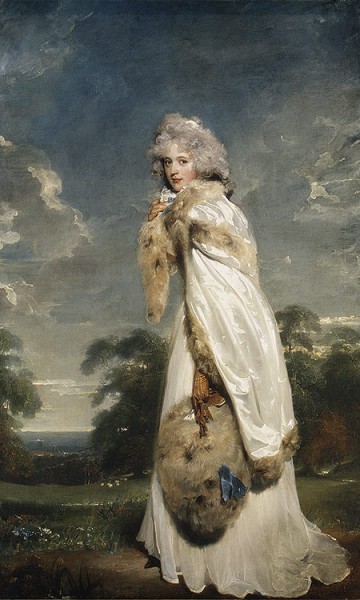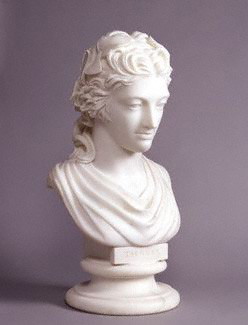
This book is a fictionalized story of three interesting real-life Londoners from the period 1787 to 1797. It was an exciting time: the British press had just been freed from censorship; the Regency crisis was looming (King George III was thought to be going mad); the democratic spirit of the French revolution was threatening British aristocracy; and the rivalry between the Tory and Whig parties was raging (King George III was aligned with the Tory government while the Prince of Wales supported the Whigs).
The book is a lengthy, though delightful read, with real personages as characters, such as the Prince of Wales (later Prince Regent and then King George IV), Whig leader Charles James Fox, charismatic Tory leader William Pitt, and the famous Whig campaigner Georgiana, Duchess of Devonshire.
I savoured the rich period details (such as ladies’ fashion, description of city and country residences, 18th century London streets, old fashioned conversational style), political intrigues, illicit sexual liaisons, class tensions, and society’s views towards women.
The title comes from the proposition that everyone wears a mask to hide one’s true feelings.

Painting of Elizabeth Farren by Sir Thomas Lawrence, 1790
The book features the love triangle of an earl, a respectable actress, and a lady sculptor. No, the earl was not the centre of affection, but the actress. Yes, the lady sculptor was rumoured to be a lesbian.
Edward Smith-Stanley, Earl Derby (for whom the horse race is named), was described as having the oldest earldom and an “unimaginable income of L 50,000.” He was lacking in the looks department though, depicted as small and ugly in caricatures during the time. His wife, the beautiful Elizabeth “Betty” Hamilton Staley, had affairs with several noblemen, most famously the rakish Duke of Dorset. She separated from his husband who spared her the public punishment of divorce (although everyone in high society knew about the separation). His long time devotion and unconsummated relationship with the actress became a source of public ridicule.
Anne Damer, a widow born into nobility and a renowned lady sculptor (she has been accused of hiring ghost sculptors since some could not believe she could turn out magnificent marble pieces) was a childhood friend of Lord Derby. She became close to the actress, and facilitated the actress’s introduction to London’s High society, or Bon Ton. However, Anne had been haunted by rumours of Sapphism (lesbianism) since her husband’s suicide.
Eliza Farren was the reigning Queen of Comedy at Drury Lane Theatre. She tightly guarded her emotions and reputation (by being constantly chaperoned by her mother and not accepting gifts). Eliza was careful not to be considered in the same league as many actresses who became mistresses, such as Mary “Perdita” Robinson, since she hoped of joining the aristocratic set someday. One day Eliza was warned that rumours were circulating about her and Anne’s unnatural relationship. Eliza had no choice but to cut all ties from Anne who became bewildered at Eliza’s sudden change in attitude.

Marble Bust of Eliza Farren, showing her as Thalia, the Muse of Comedy and Idyllic Poetry, by Anne Seymour Damer, circa 1788.
When they were close, Anne and Eliza’s relationship was platonic. However, towards the end of the book, Anne realized her lesbian side during her close friendship with Mary Berry, a lady of letters.
Shortly after his invalid wife died, Lord Derby married Eliza after six years of courtship. Eliza retired from theatre and became the Countess of Derby.

You must be logged in to post a comment.